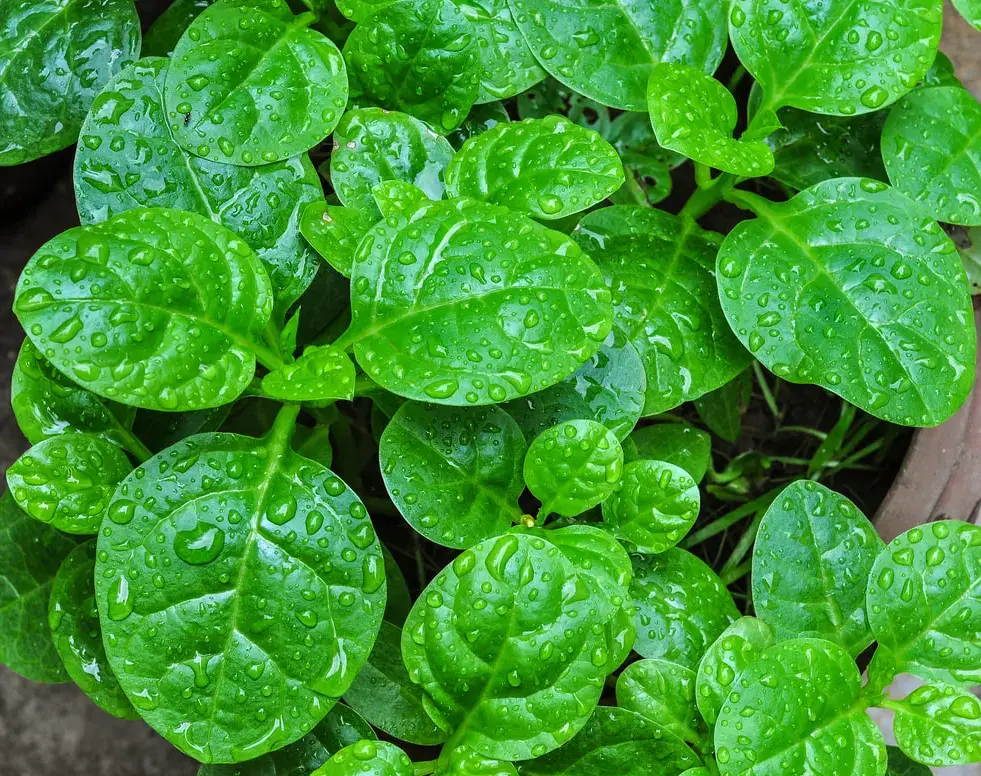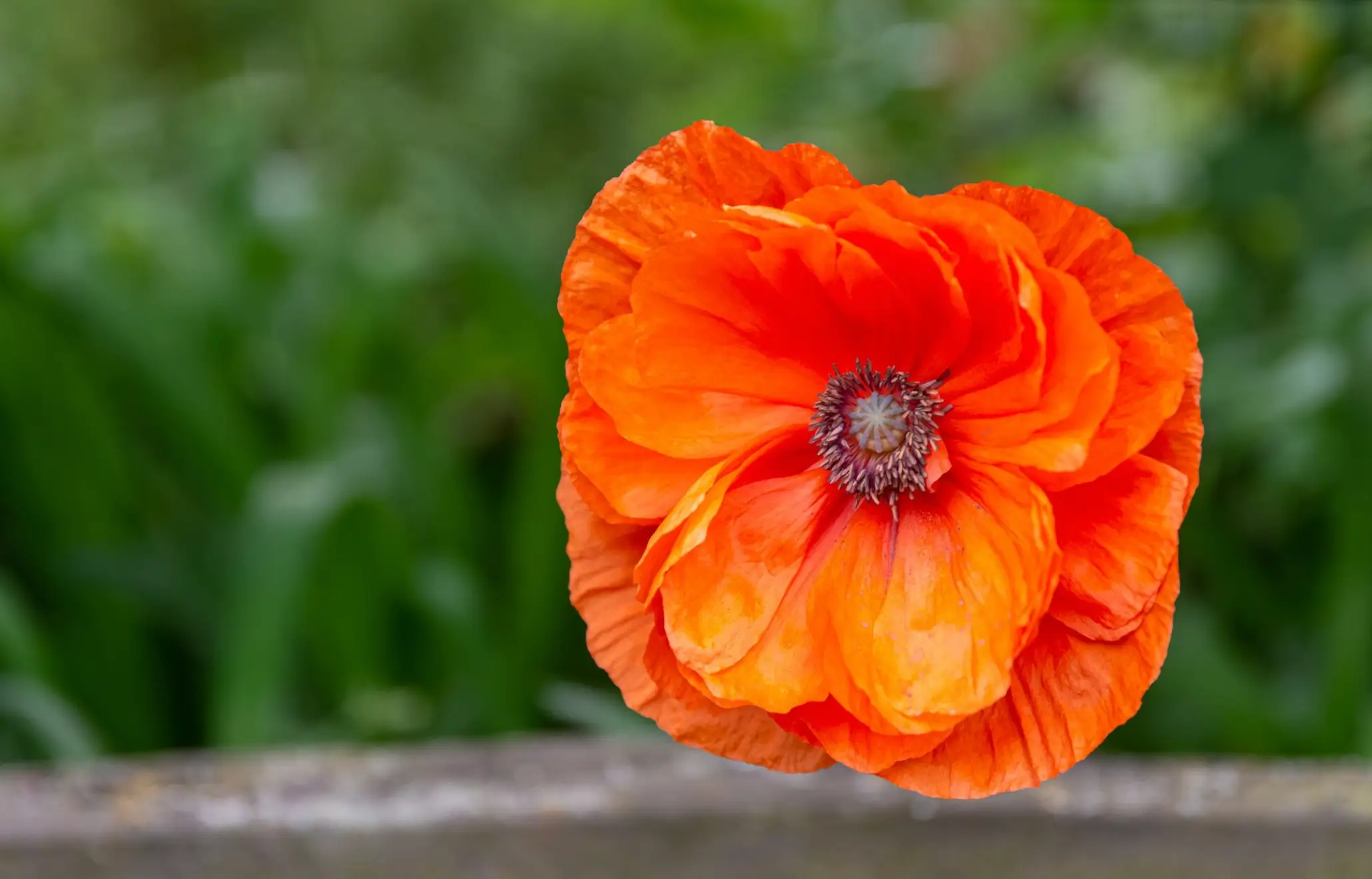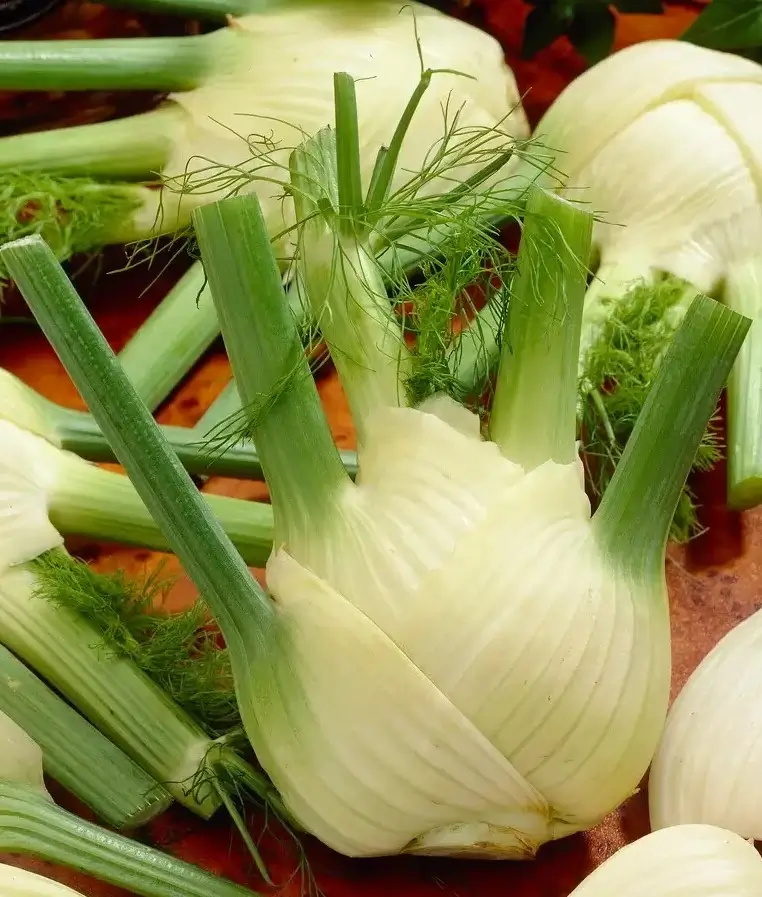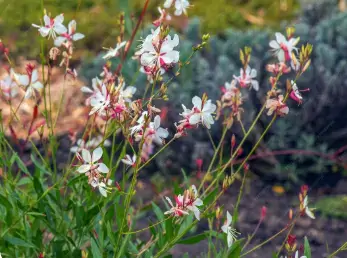
Soil Health & Fertilization
We unite suppliers and green industry professionals worldwide
Malabar Spinach does not act like any spinach. It is ornamental and edible because of the lush climbing vines, vibrant green or reddish-purple stems, and fleshy and glossy leaves. Malabar Spinach is a well-known variety due to its nutritional value.
By Mariam Scott
|Published on September 23, 2025


Malabar Spinach (Basella alba and Basella rubra) does not act like any spinach. In contrast to the cool-season leafy green familiar to most gardeners, Malabar Spinach does well in hot, muggy conditions in which regular spinach would fail. It is ornamental and edible because of the lush climbing vines, vibrant green or reddish-purple stems, and fleshy and glossy leaves.
Malabar Spinach is a well-known variety due to its nutritional value. Its thriving attitude under hot weather conditions in tropical and sub-tropical climates makes this variety of spinach the most used amongst the home gardening community, especially where home gardeners want year-long leafy green varieties during the summer months. Its versatility, fast growth, and culinary uses necessitate it to be something gardeners must have in their vegetable garden and even flower gardens.
| Scientific Names | Basella alba (green-stemmed variety) and Basella rubra (red-stemmed variety) |
| Common Names | Malabar Spinach, Ceylon Spinach, Vine Spinach, Indian Spinach |
| Family | Basellaceae |
| Genus | Basella |
| Species | Basella alba, Basella rubra |
| Cultivars | Common cultivars are green-stemmed (alba) due to the texture of its leaves and red-stemmed (rubra) which is edible and can serve as an ornamental plant. |

September 25, 2025
9 minute read
September 24, 2025
9 minute read
September 23, 2025
10 minute read
September 22, 2025
9 minute read


Join as a seller and connect with thousands of B2B buyers nationwide!
Sign Up

Iceland Poppy
Iceland Poppy ( Papaver nudicaule ) is a flashy, hardy perennial known for its delicate, yet animated flowers.

Fenugreek
Fenugreek is a cook´s all-around aromatic herb, and leaves as well as seeds are used in cooking. It has been used for thousands of years in culinary, herbal medicine and traditional remedies and holds a high ranking status across cultures globally.

Fennel Florence
Fennel Florence has a sharp taste and is aromatic. This herb is also valued for its crisp white bulb which can be eaten. Whether raw in salads, roasted with vegetables, or to enhance broths and stocks — it brings beauty as well as functionality.

Gaura
Gaura plants are long-blooming perennials that produce delicate white or pink flowers, which shimmer in the breeze. It provides a splash of color year-round, and many cultivars bloom from late spring through the end of autumn.
Malabar Spinach is a perennial tropical crop that is cultivated as an annual in temperate soils. Its major characteristics are the following:
Malabar Spinach is not only well known due to its high nutritive quality but also due to its flexible aspect in preparation and in other ways.
Malabar Spinach is at its best in a tropical environment:
The Malabar Spinach seeds are small yet durable and found in hard, berry-like fruits.
Malabar Spinach Seeds need patience and a bit of pre-treatment to germinate as they have a very hard seed coat.
Malabar Spinach seed is tough and stores well for years.
Malabar Spinach is usually grown by seed but also by cuttings, which take root easily as well.
Malabar Spinach does not face many problems with pests and diseases, but there are several issues it might face:
These infestations can be controlled with organic solutions such as Safer Insect Killing Soap available in our pest control section.
When seeds are well stored, high germination occurs in subsequent seasons.
Malabar Spinach is a one of a kind heat loving green that's not only an ornamental but also has nutritional value. Compared to ordinary spinach, it does best in hot and humid weather hence a great replacement in the summer months. With its climbing nature, lustrous leaves, and high nutrient content, it has been a popular plant in gardens around the globe. Malabar Spinach is a favorite among home gardeners because it is easy to grow either from seeds or cuttings and is a reliable, heat-tolerant leafy green that won't wilt.
The seeds usually germinate in 10 - 14 days with pre-soaking. Without treatment, germination can last as long as 3 weeks.
Based on temperature, it is permanent in frost-free tropical areas, but it is commonly planted as a warm-season annual in temperate areas.
Yes, plants can be multiplied using stem cuttings as they can easily root in water or soil making it a very quick and secure method.

Soil Health & Fertilization
Victor Miller

Pest Identification & Prevention
Victor Miller

Lawn Care Tips & Maintenance
Victor Miller

Soil Health & Fertilization
Victor Miller

Smart Irrigation Systems
Victor Miller

Patios, Walkways & Driveways
Victor Miller

Soil Health & Fertilization
Victor Miller

Pest Identification & Prevention
Victor Miller
My Account
Our team is always here to help.
We are open Monday - Friday, 9:00 AM to 4:30 PM PST.